Berlin, capital of the Federal Republic of Germany and cultural metropolis
The face of Berlin changes almost daily. The extensive cultural scene offers high culture and also leaves room for cultural experimentation. The nightlife is colourful and varied. Lots of shops – from small bric-a-brac shops to Germany’s biggest department stores – make the vibrant metropolis a shopping paradise for everyone.

Our hotel, the H+ Hotel Berlin Mitte, is right in the middle of it all. The nearby Friedrichstraße and the famous “Unter den Linden” boulevard are important streets for transport and shopping. You can quickly reach all the other districts with the S-Bahn (city and suburban railway), U-Bahn (underground railway) and buses. There is a U-Bahn station immediately in front of the hotel.
The political centre of the Federal Republic of Germany – the Reichstag and the Bundeskanzleramt
Just a few metres from our hotel, you can immerse yourself in the political centre of the Federal Republic of Germany. The Reichstag is the seat of the German Bundestag (lower house of the German parliament). The glass cupola of the parliament building can be accessed without having to register, which means that the visitors can watch the members of parliament as they work. Not far away, by the River Spree, are the new Kanzleramt (Chancellery) and the office buildings of the members of the Bundestag.
On the square in front of the Brandenburg Gate, which has seen history made with the fall of the Berlin Wall in 1989 as well as on other occasions, the diplomatic missions of the USA, France and the UK have been established. The impressive Russian embassy, with its wedding-cake style architecture, is situated just a few metres further away.
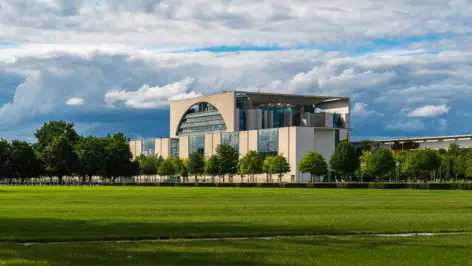
Federal Chancellery

Reichstag
This is the seat of German politics: The Reichstag Building in Berlin, known simply as the Reichstag, is an attraction that politically minded visitors cannot afford to miss. Built between 1884 and 1894, the building has been home to the Bundestag (German parliament) since 1999. The building’s glass dome, designed by Sir Norman Foster, combines modern architecture with the neo-Renaissance style that embodied Berlin at the end of the 18th century.
You can see the dome and the roof terrace free of charge as part of a guided tour or by booking in advance (valid photo ID is required).
Berlin Cathedral is located on Museum Island and was built between 1894 and 1905. It combines stylistic elements of the Baroque and the High Renaissance. The cathedral has a capacity of 1,650, making it one of the largest churches in Germany. Also used for state religious services, the cathedral consists of a preaching church and a small baptismal and wedding chapel. In addition to a tour of the cathedral, attending a musical event here is highly recommended.
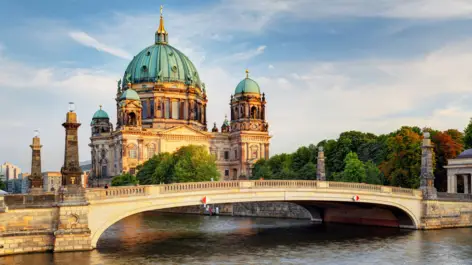
Places of interest near the H+ Hotel Berlin Mitte
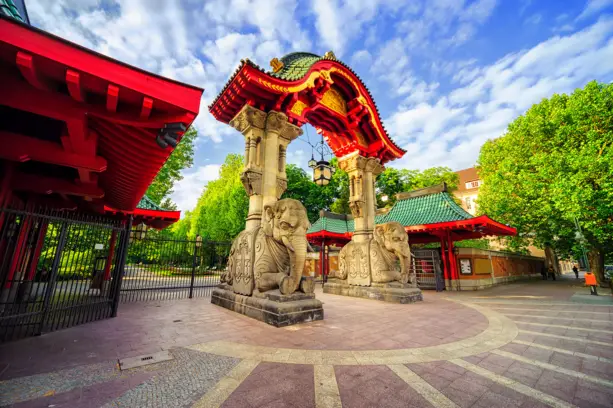
Berliner Zoo
Berlin Zoo usually refers to the Zoological Gardens in the west of the city, which are organisationally linked to the zoo in Friedrichsfelde. It is centrally located, next to the regional train station of the same name.
Berlin Zoo was inaugurated in 1844 and now houses over 17,000 animals from 1,500 species. Visitors to the zoo can see exotic animals such as tigers, polar bears and elephants, as well as domestic animals. Statues in the zoo provide a reminder of many former inhabitants of the zoo, such as Knut the famous polar bear, who dominated national headlines for weeks.
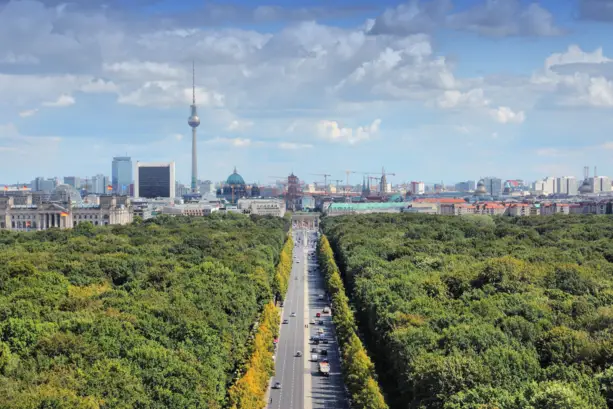
Berliner Tiergarten
The Berlin Tiergarten – full name Großer Tiergarten – is Berlin’s second largest park and is located in the district of the same name. Running through it is the Straße des 17. Juni, the avenue where sports fans celebrate large footballing events such as the World Cup.
Berlin Tiergarten is a popular recreational space, both with locals and visitors to the city. A particularly good time to visit is on Sundays, when you can hear the chimes of the Carillon, a glockenspiel played by hand.
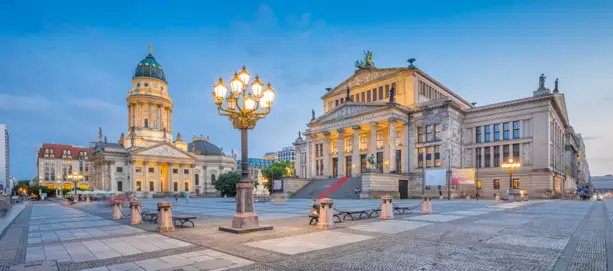
Gendarmenmarkt
Gendarmenmarkt is a square in Berlin’s Mitte district. Many residents and visitors describe it as the capital’s most beautiful square. Famous buildings on the square include the German and French cathedrals. In both cases, the “cathedrals” are not the seats of bishops, but religious buildings with eye-catching domes.
Large, popular events are held on the Gendarmenmarkt in Berlin Mitte, including open-air classical music performances and the Christmas market during Advent.

The Sony Center in Berlin
The Sony Center is located on Potsdamer Platz, one of Berlin’s most central locations. Originally, the building served as a branch of Sony’s European representative; today it houses the headquarters of the German subsidiary.
The Sony Center is also home to other businesses, including shops and an entertainment centre, as well as residential properties. The spectacular tent roof symbolises Mount Fuji, offering Japanese mountain spirit Kami an abode in the heart of Berlin.
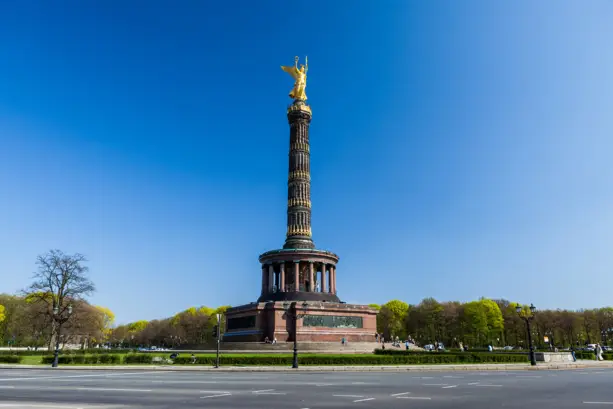
Victory column
If the French had prevailed after the Second World War, the victory column would have been blown up. Thanks to the opposition of the other three Allies, the column located on the Großer Stern continues to provide a reminder of the Prussian victory in the war against Denmark, as well a German victories in two further wars of unification. Berlin’s victory column is crowned by the figure of the Roman goddess of victory Victoria, lovingly known by locals as Goldelse, or “Golden Lizzy”.
As well as offering a glimpse into Prussian history, the top of the tower offers panoramic views as far as the Brandenburg Gate.
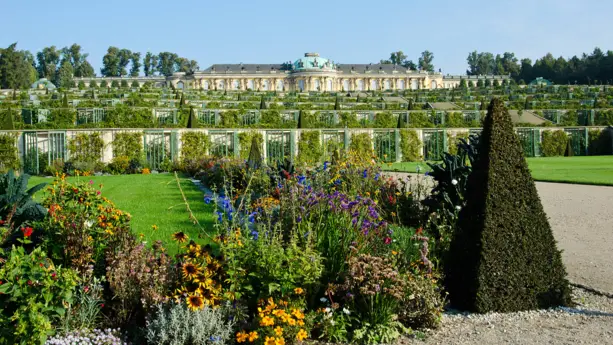
Potsdam’s gardens – the palace gardens in Potsdam
Potsdam’s gardens are not located directly within Berlin, but in the adjacent city of Potsdam, connected to the capital by S-Bahn. They include great parks such as Sansoucci Palace Park, the New Garden and Babelsberg Park.
Many guests combine a visit to Potsdam’s gardens with a tour of its palaces, for which the parks were originally created. The New Garden also gives access to a large body of water in the form of the Holy Lake.